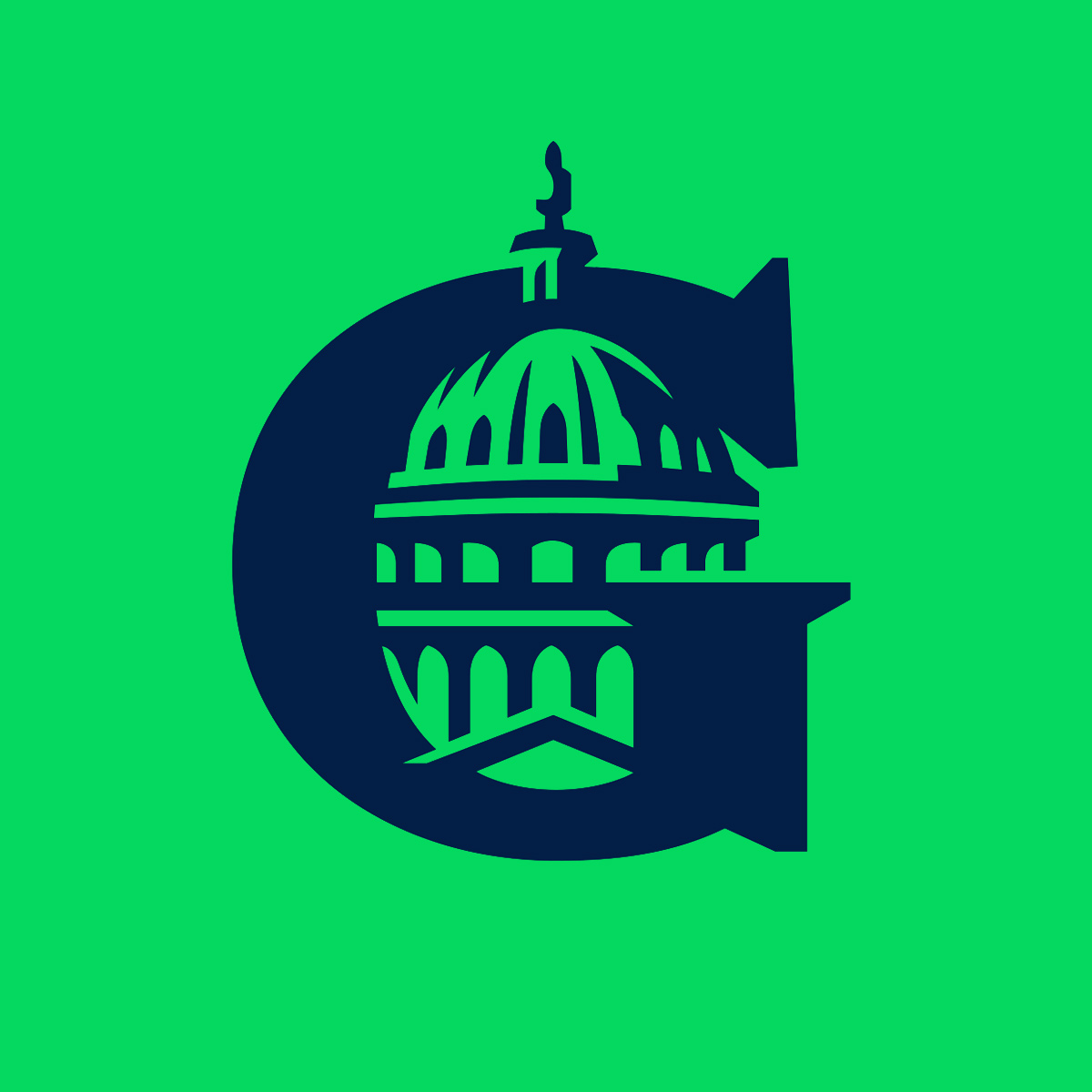November 30, 2021
Overview
On November 15, President Biden signed into law the $1 trillion infrastructure package that passed both chambers with bipartisan support and includes $550 billion in new spending and $450 billion of redirected unused funds. While there was some bipartisan support for the measure, the Build Back Better bill is very partisan, requiring the reconciliation process to pass with a simple majority. It barely passed the House totaling $3 trillion, but is expected to be cut by half or more if a version of it can pass the Senate. It would fund a range of initiatives and raise $1.48 trillion in revenue over 10 years by increasing taxes on corporations and high-income individuals. See highlights outlined below and hear directly from former Assistant Secretary at the U.S. Treasury and other experts today at 12pm on what all this means for businesses.
Economic Development
The Build Back Better Plan
President Joe Biden's Build Back Better Act (BBB) finally passed the House. While significant changes are expected in the Senate, some highlights include:
National Science Foundation (NSF)
- $1.52 billion to fund the Directorate for Technology, Innovation and Partnerships to accelerate use-inspired and translational research to address some of the world’s most challenging problems.
- $675 million for NSF research awards, traineeships, scholarships and fellowships across all STEM disciplines.
- $200 million for research capacity building at Minority Serving Institutions (MSIs)
Entrepreneurs & Small Businesses
$5 billion for Small Business Administration (SBA) programs that increase access to capital, foster entrepreneurial development, expand federal procurement opportunities and drive innovation that includes $1.9 billion to fund SBA’s 7(a) lending program, $1 billion to establish a nationwide incubator network to help entrepreneurs in underrepresented communities, and $35 million for nonprofits to operate federal entrepreneurship training programs to assist veteran small business contractors.
Economic Development
$5.25 billion for the Economic Development Administration, including $3.36 billion to create regional innovation hubs, $1.20 billion to provide RECOMPETE investments in persistently distressed communities, $240 million to provide assistance to energy and industrial transition communities, and $240 million for predevelopment in public works projects.
Clean Energy, Innovation and Communities
- $40 billion in new loan guarantee authority
- $3.6 billion to defray the costs of loan guarantees to support American innovation and new technology solutions to address climate change
BUDGET & APPROPRIATIONS
Year-End Packacge & Continuing Resolution
FY2022 Funding Bills
The Senate still has not moved their appropriations bills out of committee and onto the floor, making conference negotiations next to impossible. Due to infighting among Democrats and Republicans, no bills are expected to move this year. Instead the two chambers are moving toward enacting a longer term continuing resolution (CR) that level funds all programs and services and blocks any new initiatives from being funded. Some have said the CR would last until January while others have said it might last until April 2022. In either situation, it means Congress would be forced to complete FY2022 appropriations legislation in an omnibus package that likely would include other items such as Cures 2.0, ARPA-H authorization, tax extenders and other items, while the fiscal year is half over and at the same time they have to start the FY2023 appropriations process. This has happened before, but can be very messy to navigate. In any case, because the House passed their 12 appropriations bills in the form of mini-bus bills in early summer — and with earmarks included — they have the upper hand in these deliberations and in securing their earmarks in the final package.
Health
Cures 2.0
The follow-up legislation to the 21st Century Cures enacted at the end of the Obama administration called Cures 2.0 has built up enough support it may finally pass the House. However, in what form is another question. There are now competing bills that would authorize Biden's pet project, ARPA-H, and the fact that just weeks remain in the year to move it through both chambers. It now looks like it will be wrapped into omnibus legislation that is passed end of the year or next year. G2G prepared a Summary of Cures 2.0 and the original 21st Century Cures.
BARDA
G2G attended the annual BARDA Industry Days, which was virtual for the second year in a row due to COVID. While it still prioritizes COVID and pandemic response, BARDA has announced open funding opportunities for other medical countermeasures. G2G prepared a Report on the BARDA Conference and Priorities as well as an outline of the current Broad Agency Announcement topics.


